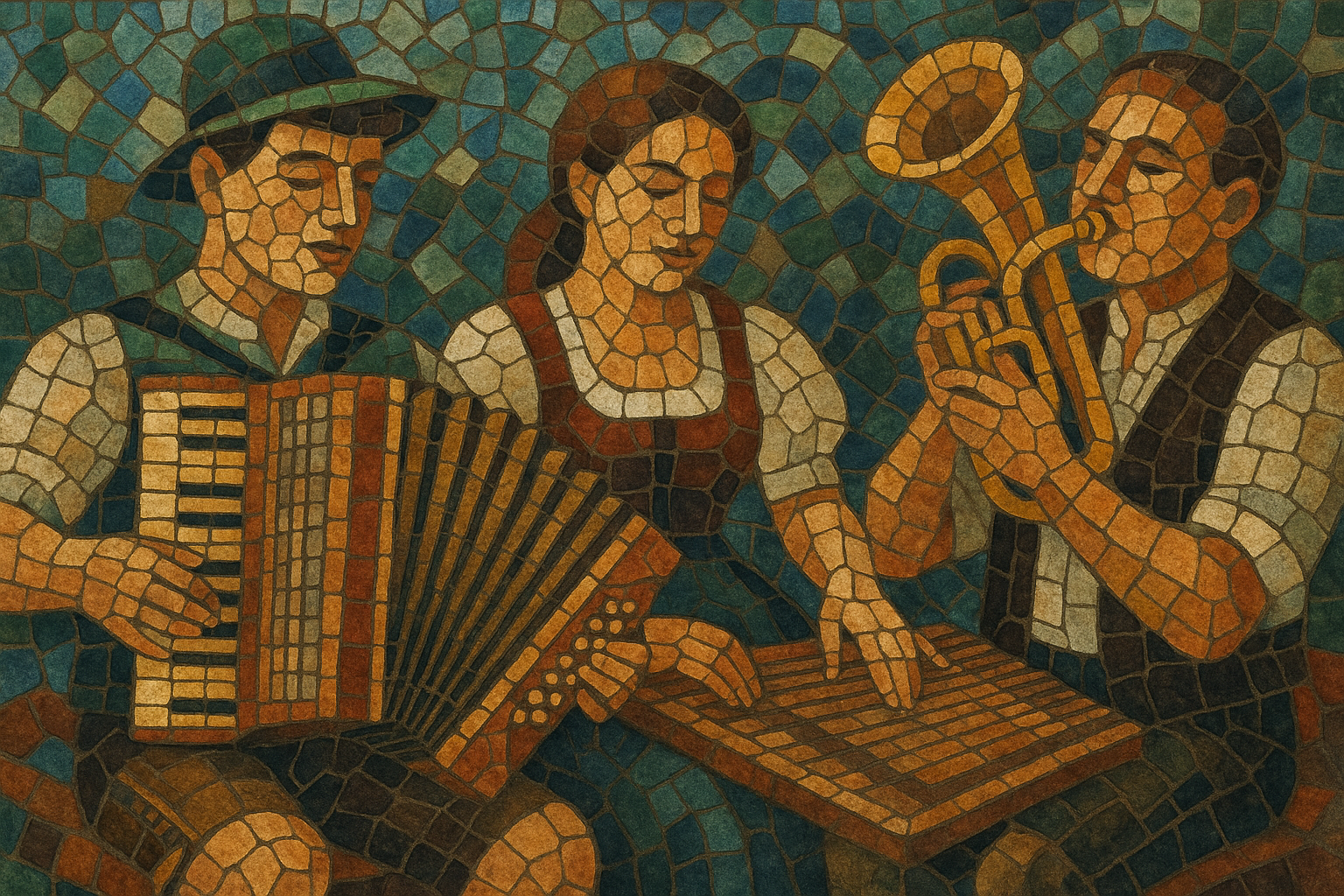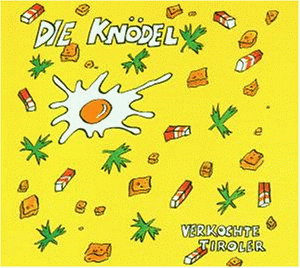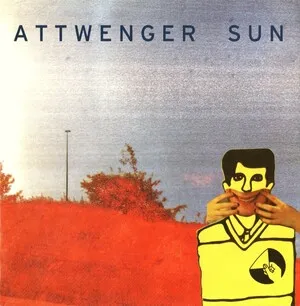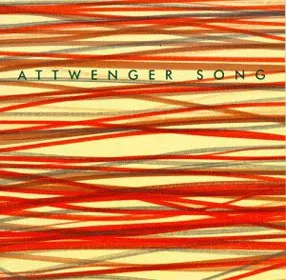Neue Volksmusik (literally “new folk music”) is a contemporary Alpine/DACH movement that refreshes German‑language folk idioms with rock, pop, hip hop, brass‑band energy, and electronic production. It keeps the timbres and dialects of regional traditions—accordion, brass, yodel inflections, waltz and polka grooves—while adopting modern song forms, backbeats, and festival‑ready arrangements.
Unlike volkstümliche Musik (the glossy, Schlager‑leaning TV style), Neue Volksmusik tends to be roots‑aware but adventurous: it mixes dialect lyrics with contemporary topics, embraces stage‑shaking brass riffs, and is comfortable placing a zither or Styrian harmonica alongside drum kits, synthesizers, or rap verses. The result is music that is local in color yet cosmopolitan in palette, equally at home at village fêtes and international festivals.
Neue Volksmusik took shape in the early 1990s in Austria and southern Germany as artists began to reconnect Alpine folk with contemporary popular music. Pioneers like Hubert von Goisern and Attwenger fused regional styles, dialects, and instruments with rock, punk, and even hip hop cadences, signaling a break from slick TV “volkstümlich” aesthetics.
Through the 2000s, brass‑driven ensembles and dialect‑pop outfits brought the sound to larger stages. Bands such as LaBrassBanda and HMBC (Holstuonarmusigbigbandclub) energized traditional dance rhythms with funk/rock propulsion and youthful attitude, while groups like Haindling and Ganes broadened the palette with world‑music harmonies and refined studio craft.
In the 2010s, festival circuits and digital platforms amplified the scene. Acts like voXXclub, Folkshilfe, and Kofelgschroa showed different directions—from choreographed, party‑ready choruses to minimalist dialect‑folk and electro‑accordion hybrids. The repertoire expanded to include rap interludes, EDM‑style drops, and global brass influences, yet retained regional signatures (yodel motifs, waltz/polka pulses, and dialect storytelling).
Neue Volksmusik stands between heritage and innovation: it values local identity and acoustic timbres while favoring contemporary grooves, live energy, and genre‑fluid collaboration. In doing so, it offered an alternative to Schlager‑styled folk and helped younger audiences reconnect with Alpine musical roots.








